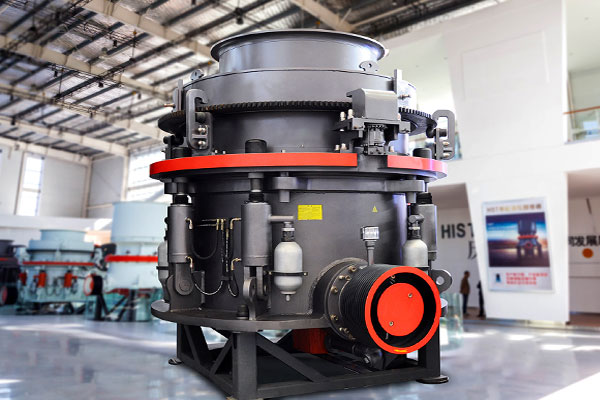A cone crusher is a type of crushing equipment commonly used in the mining and aggregate industries. It plays a crucial role in reducing large rocks into smaller, more manageable particles. The specifications of a cone crusher are essential in understanding its capabilities and performance. Here, we’ll delve into the key product specifications of a typical cone crusher.

1. Cone Crusher Type:
- Cone crushers come in various types, including spring cone crushers, hydraulic cone crushers, and compound cone crushers. Each type has its unique features and advantages.
2. Power and Capacity:
- The power of a cone crusher is measured in horsepower (HP) or kilowatts (kW). It is crucial to consider the power rating to ensure the crusher can handle the intended workload. Capacity is measured in tons per hour (TPH) and indicates the maximum throughput of the crusher.
3. Feed Opening Size:
- The feed opening size determines the maximum size of the rocks that can be fed into the crusher. A larger feed opening allows for larger rocks, while a smaller opening restricts the size of the feed material.
4. Crushing Chamber Profile:
- Cone crushers can have different chamber profiles, such as standard, medium, and short head. The choice of chamber profile affects the final product size distribution and particle shape.
5. Eccentric Throw:
- The eccentric throw is the distance that the mantle travels during one cycle of gyration. It influences the crusher’s capacity and product size. Adjusting the eccentric throw can optimize the crusher’s performance.
6. CSS (Closed Side Setting):
- CSS refers to the smallest distance between the mantle and concave at the bottom of the crusher cavity. It determines the product size and is adjustable to achieve the desired output.
7. Crushing Force:
- Crushing force is the force exerted by the cone crusher during the crushing process. It affects the crusher’s performance and efficiency. Higher crushing force is often desirable for hard and abrasive materials.
8. Mainshaft Rotation Speed:
- The rotation speed of the mainshaft influences the crusher’s performance. Higher speeds may result in finer product sizes, while lower speeds may be suitable for coarser materials.
9. Lubrication System:
- A robust lubrication system is crucial for the proper functioning and longevity of the cone crusher. It typically includes oil lubrication for the main components.
10. Safety Features:
- Safety is a priority in cone crusher design. Features such as overload protection, hydraulic adjustment, and automatic tramp release contribute to safe and efficient operation.
11. Wear Parts:
- Cone crushers have wear parts like mantle and concave that need regular replacement. Understanding the wear patterns and having easy access to replacement parts is essential for maintenance.
Cone crusher specifications encompass various factors, from power and capacity to the design of the crushing chamber. Understanding these specifications is vital for selecting the right cone crusher for a specific application and optimizing its performance in crushing operations.
